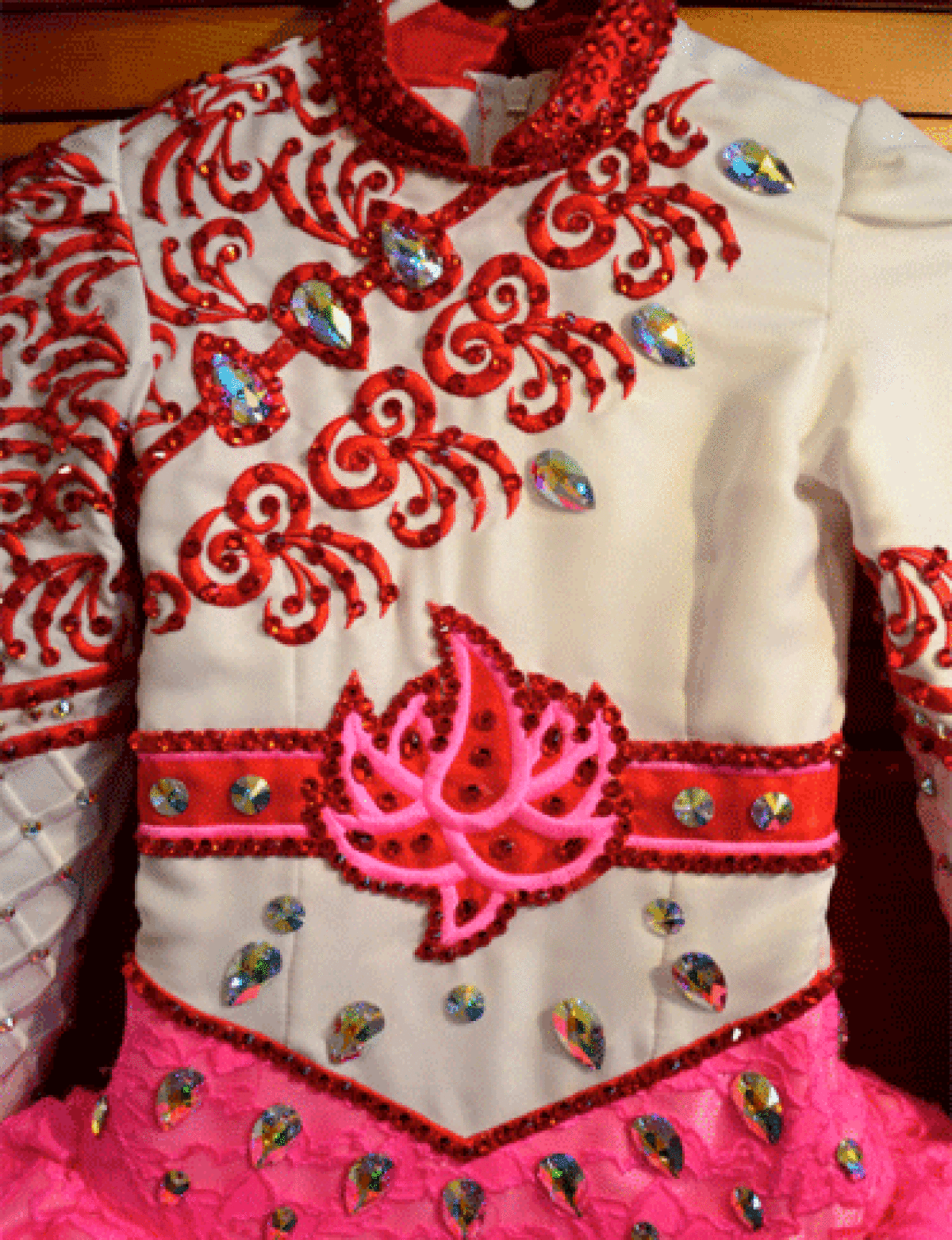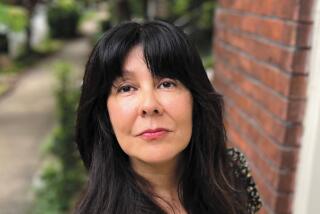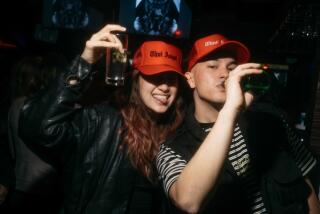Two threads, three cultures

These might be the best, busiest, most complex weeks of the year in our house, and it’s all because of two threads. One red, one green.
The most important is the red one — the cultural tether that stretches back to Chengdu, China, where our daughter, Grace, was born in 2004. Grace was 13 months old when my wife, Mary Frances, and I arrived to adopt her and bring her home to Los Angeles.
In our early days as a triple-A (Asian American by adoption) family, I thought we might face some cultural barriers, draw stares, confuse people. But no, not much. By L.A. standards, we’re no more exotic than a Korean taco.
Then this second thread began to unspool. In some slender way, it might trace back to my mother’s mother’s people, who came from Ireland’s County Clare; or Mary Frances’ father’s father’s people, who came from County Waterford. But mostly, it started with the look on 4-year-old Grace’s face when she first saw Irish dancing on YouTube.
High kicking. Rigid rhythm. Military precision. Fancy dresses. Grace wanted to learn.
Mary Frances and I didn’t know a jig from a reel, so when Grace was 7, we enrolled her in lessons with Cleary Irish Dance, one of about 30 such schools in California.
We didn’t realize how weekly classes could quickly multiply to thrice-weekly or more, or that the competitions come fast and furious, beckoning you to Westlake Village or Anaheim or Sacramento or Seattle. We didn’t know about hard shoes, soft shoes, sock glue, solo dresses or bun wigs.
Irish dancing began, like much of folk dance, as something for the boys and girls to do after church. The Irish Dancing Commission formed in 1930 to promote it and started organizing international competitions in 1970. But by many measures, Irish dance truly reached the world stage on April 30, 1994, the night that a seven-minute presentation called “Riverdance,” starring Michael Flatley, appeared on the TV broadcast of the Eurovision Song Contest.
Within a year, “Riverdance” had sprouted into a full-length show, and within two it had sold out several weeks in New York’s Radio City Music Hall.
And with that, people in Acapulco, Hong Kong, Krakow, Milan, Prague, Shanghai, Stuttgart, St. Petersburg and Taipei started stepping into ghillies (soft shoes), spending hours in the company of accordion-players and dreaming of the World Irish Dancing Championships. (This year’s edition, in London in April, will include more than 5,000 dancers.) Basically, Irish dancers are like Irish pubs now — they span the world, vastly outnumbering the inventory back in the old country.
Chirish dancers like Grace are a minority, to be sure. But when Grace reached the top 10 in her age group at a regional competition last fall, hers wasn’t the only Asian face up there. She wasn’t even the only Chinese adoptee.
Of course, this Chirish life has its drawbacks.
Money is one. Last summer, if we hadn’t just finished scraping together money for a once-in-a-childhood, two-week family trip to China (complete with orphanage visit, calligraphy lesson in Beijing and cooking class in Yangshuo), it would have been much easier to digest the news that Grace was ready for her first solo dress. These are essentially mandatory for girl Irish dancers above a certain level, and they’re not cheap. But we found a way. And what a dress it is — made in Northern Ireland by designer Shauna Shiels, who was kind enough to include a mandarin collar and embroidered lotus flowers. Red threads, on a dress from Derry.
Time is another challenge. If Grace weren’t dancing so much, she would have more hours to learn Mandarin, pick up a musical instrument, play soccer or just goof off the way I did in fourth grade. Instead, we race through days like Feb. 15.
By 8 that morning we were in an Irvine hotel ballroom, at a feis (local competition) where Grace would spend hours dancing, cheering on friends and waiting for results. By 4 p.m., she was dead to the world, dozing in the back seat as we rushed north on the 5 to the Golden Dragon in L.A.’s Chinatown.
Why? For the fanciest night of our year — the Chinese New Year banquet thrown by the Southern California chapter of Families with Children from China. It’s a 10-course dinner, complete with magic, acrobatics, drummers, lion dancers and scores of girls in shiny dresses, all with mandarin collars.
We’ve been going to this banquet for 10 years, so we knew the high point would come when the organizers cleared the dance floor and rolled out layer upon layer of the bubble wrap. And so they did. Then, at the DJ’s signal, the girls converged in a frenzy of stomping. The racket — our way of driving off evil spirits without fireworks — is always deafening and strength-giving. And now our year is launched, with St. Patrick’s Day to follow any minute.
So it’s complicated, braiding together these cultures and subcultures. But it’s not so rare. Here in the vast rainbow loom that is 21st century California, every family has strands to thread, some inherited, some discovered. As parents, we like to pretend we have a pattern in mind, but of course we don’t.
One day, your daughter leaps into an enterprise that rewards persistence, keeps her fit, builds friendships and demands good manners — so you sign up. The next day, you stand atop the Great Wall of China, hunting for a flat spot where she can do a jig.
Christopher Reynolds is a Times staff writer.
More to Read
A cure for the common opinion
Get thought-provoking perspectives with our weekly newsletter.
You may occasionally receive promotional content from the Los Angeles Times.







